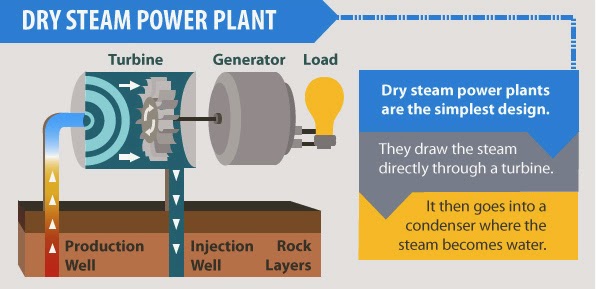Kaplan turbine is from the reaction turbine categories of hydraulic turbine. Kaplan turbine is name after its inventor Viktor Kaplan. It was the first hydraulic turbine which work in low head and high flow rate.
Kaplan turbine is also known as the propeller turbine because its blades are just like propeller and working phenomena is same but opposite in direction and this make Kaplan turbine fit for use in rivers and low head area.
Its recommended to read our article on Francis Turbine and Pelton Wheel Turbine to know all about their parts, working and advantages and disadvantages.
Parts of Kaplan Turbine
Hub
Hub is the part on which blades of the turbine are attached which is attached to the central shaft of the turbine
Blades
Blades of the Kaplan turbine are like the propeller. Blades of other axial turbine are planer but that of Kaplan are not planer instead they are of twist shape along the length to allow the swirling flow of water at entrance and exist.
Guide vanes or wicket gates
Function of the wicket gate is to direct the flowing water toward the blades of the turbine
Shaft
Rotation motion of the blades is transfer to the generator by means of shaft which is a long solid part of the turbine.
Blade control mechanism
Blades at point of their attachment have movable joints. Blade control mechanism control the angle of attack by which water will strike the blades by rotating the blades because of their movable joint.
Governing mechanism
Governing mechanism control the movement of the guide vanes. When power requirement is high it open the guide vane and when power requirement is low is close the guide vanes
Scroll casing
The whole mechanism of the Kaplan turbine is closed in a casing called scroll casing. Scroll casing take water from the resource and direct it towards the blades with the help of the guide vanes.
Draft tube
Waster after passing through the blades is take put of the turbine by the means of the draft tube. Draft tube decrease the velocity of the water by increasing its area.
 |
| Kaplan Turbine Parts Diagram |
Working of Kaplan Turbine
Water having low head and high flow rate is collected by the scroll casing whose continuously decreasing are in flow direction make shore that water moves with the uniform velocity until it reached the guide vanes and water then directed toward the blades by the guide vanes.
Between guide vanes and blades their is a curve passage whose main function is to convert the radial flow of water into the axial flow.
After the curve passage water flow over the blades and creates the high and low pressure region and thus their establish a lift force which force the blades to move from high pressure region to low pressure region.
To learn the difference between different turbine type read our article Frances Turbine vs Kaplan Turbine
Advantages of Kaplan Turbine
- Runner vanes are adjustable
- In Kaplan Turbine a very low head is required
- Kaplan Turbine has very small number of blades 3 to 8
- Very less resistances have to be over come
Disadvantages of Kaplan Turbine
- The disposition of shaft is only in vertical direction
- A very large flow rate is required
- In Kaplan Turbine a specific speed is 250-850
- In Kaplan Turbine a heavy duty generator is required















